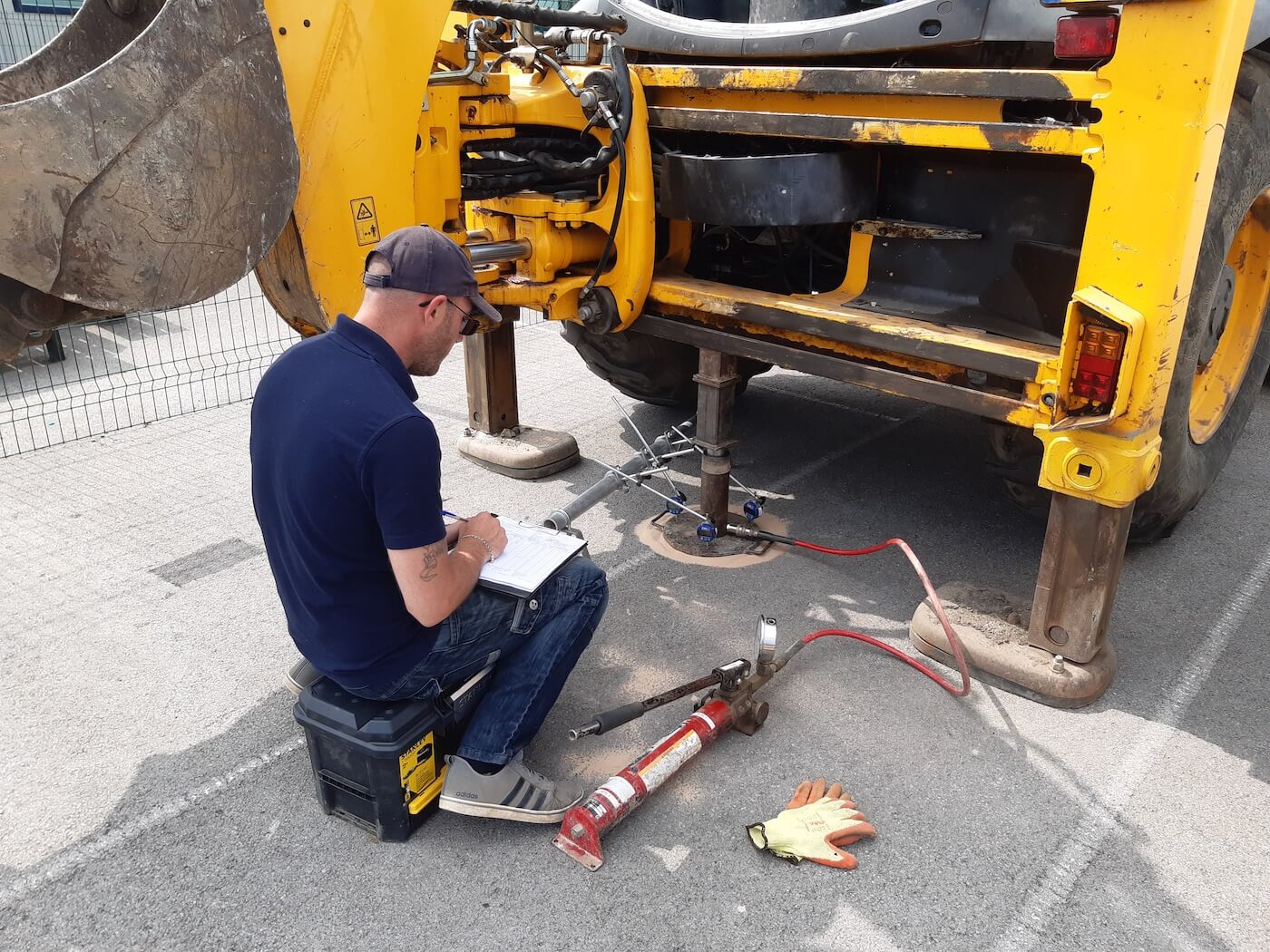Case Study: Plate Load Testing for Crane Base Assessment
« Back to Specialist Investigations
Whilst the focus of many site investigations is on establishing the ground conditions and properties at depth, the safe and efficient design of working platforms require detailed consideration of the dynamic performance of the near surface ground materials. Working platforms for piling rigs and temporary pads for crane outriggers are prime examples.
Indeed, crane operators typically require clients to demonstrate that the proposed area for crane operations is suitable.
At ECG, we undertake UKAS accredited Plate Load Testing in accordance with BS 1377 Part 9: 1990, which is tailored to the specific requirements of the project.
Plate Load Testing can, with the correct conversions for scale effects applied, be used to assess the ultimate and allowable bearing pressures of soil. But the Plate Load Test offers a unique field insight into the stress-strain behaviour of the ground and can be used to precisely assess the elastic and plastic behaviour of the ground. This knowledge and engineering appreciation can be critical in situations where dynamic loads are likely to be applied or where the differential tolerance of a foundation needs to be closely controlled.


The Modulus of Sub-Grade Reaction or Spring Stiffness is a principal output from a Plate Bearing Test and is often interpreted as the bearing capacity of the soil under investigation. This is technically incorrect and can lead to an over-estimation of bearing capacity and an under-estimation of settlement under load.
Appropriately specified Plate Load Testing with correct interpretation of the test data is critical to ensure that the overall process is relevant to the project and can be relied upon within the engineering design.
In certain cases, Plate Load Testing is undertaken in conjunction with intrusive investigations such as trial pit excavations or targeted boreholes to assess the ground conditions and geotechnical properties of the underlying soils to ensure that the data obtained from the testing is appropriately scaled-up and applied to the intended foundation.